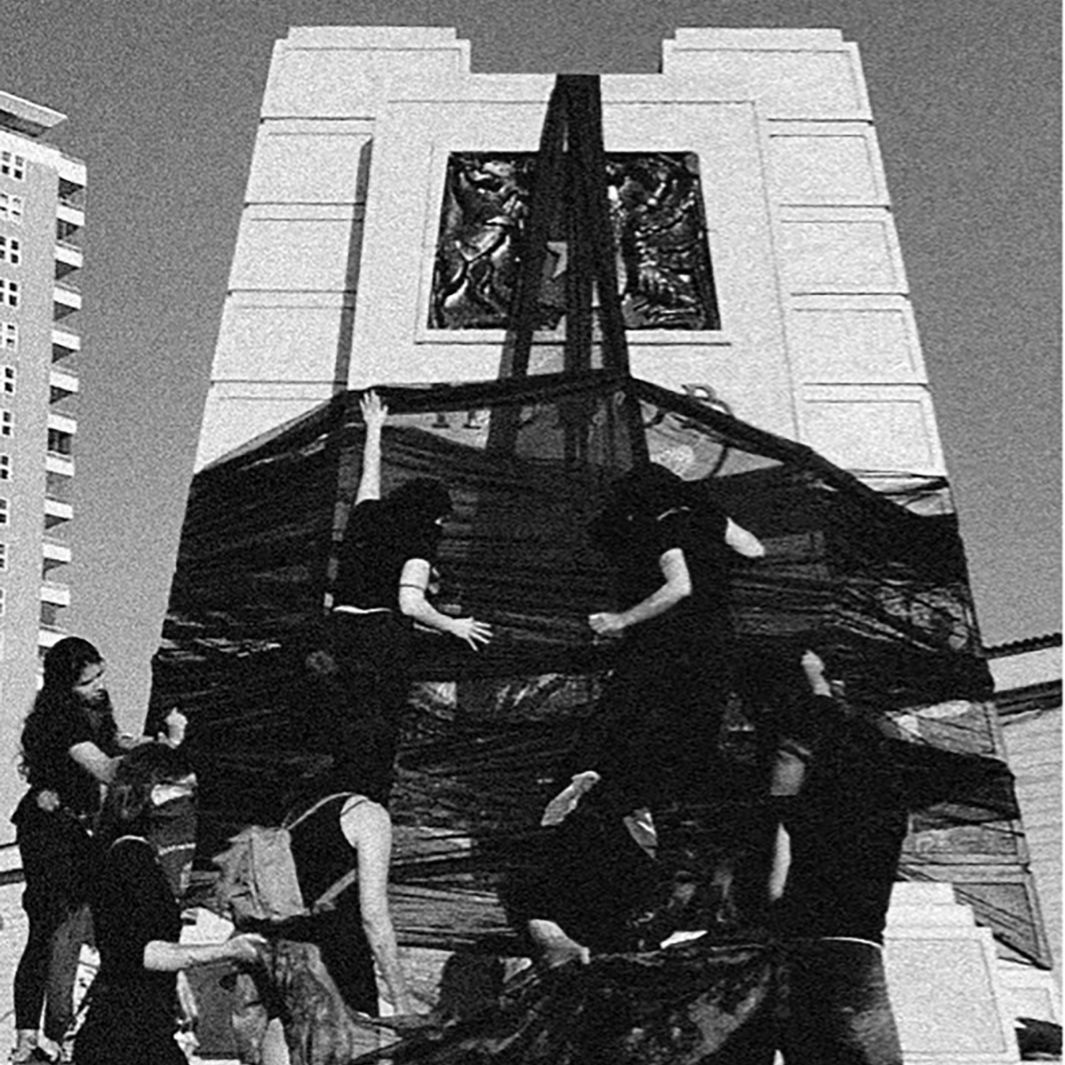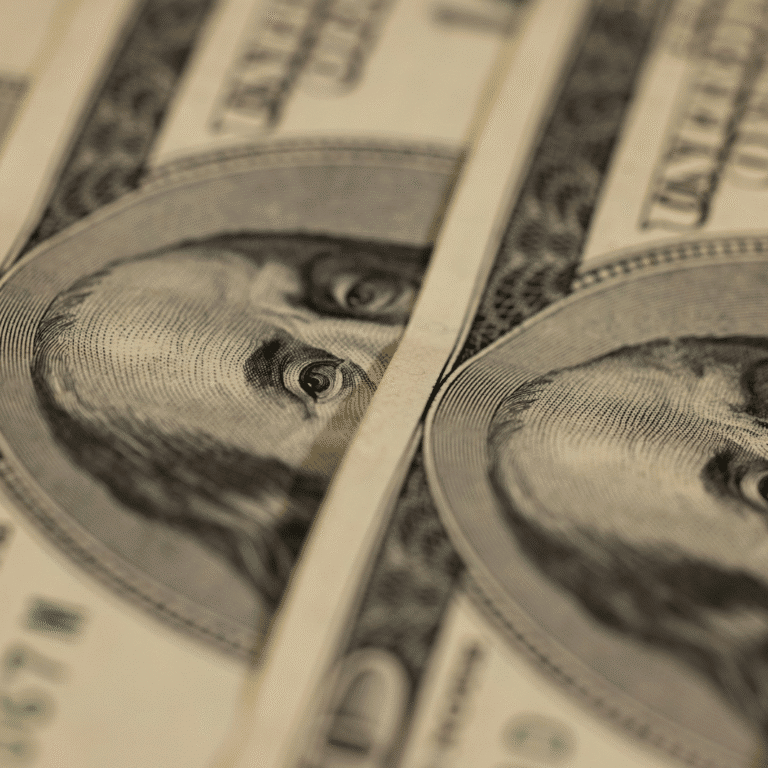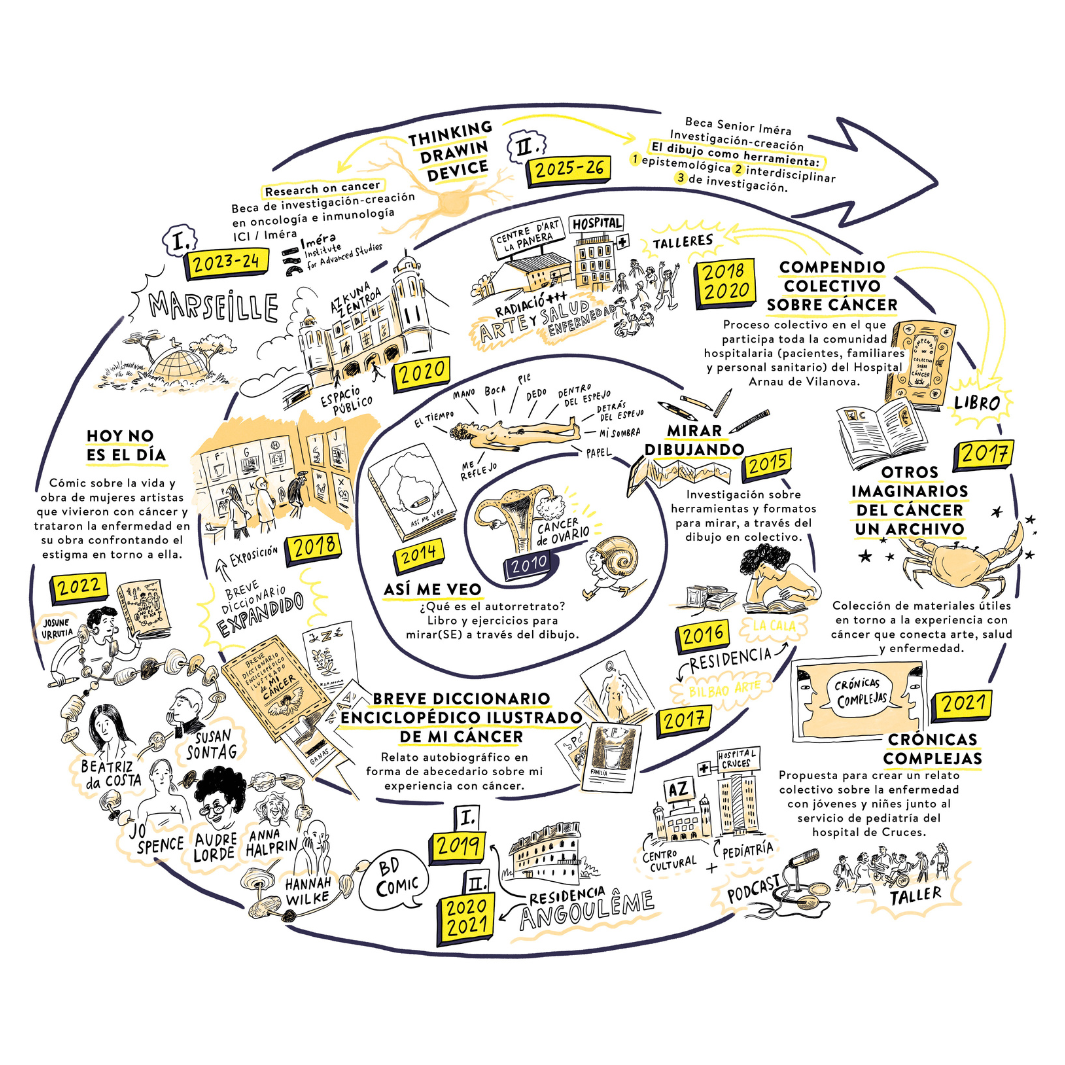Mathieu Corp, amU fellow in the second half of 2024-2025, is organising his end-of-residency event on Thursday, October 23rd, 2025 around the practices, conflicts and imaginaries of heritage in public space.

Monumento Honor a la Patria. Antofagasta, Chile. Image taken from the Inventario Iconoclasta de la Insurrección Chilena.
Practices, conflicts and imaginaries of heritage in the public space
This one-day event will explore the conflictual nature of heritage in the public space through the eyes of researchers and artists. Discussions will focus on gestures and practices that challenge monumentality and dominant historical narratives, while opening up a speculative space for imagining other conceptions of heritage, its materiality and its ways of transmission.
Programme
- 9am: Welcome to participants.
- 9.30am: Presentation of the day by Mathieu Corp.
- 10am – 11am: Presentations by Sophie Halart and Ana Devic.
- 11am: Enfants de colon*nes (Children of settlers) by Sophie Lapalu
- 11:30am: Mémoires de plomb by Lisa Place.
- 11.45am – 12.30pm: Group discussion on the conflictual nature of heritage.
Group lunch from 12.30pm to 2pm.
- 2pm: Bust Talk with the statue of Alphonse Lamartine by Thomas Geiger in Parc Longchamp.
- 2.45pm – 5pm: Presentations by Andrés Durán and Mathilde Dewavrin.
- 5pm – 6pm: Group discussion on future heritage.
Sophie Halart, lecturer and researcher at the Instituto Interdisciplinario de Estética of the Pontificia Universidad Católica de Chile.
Sophie Halart is an art historian specialising in contemporary South American art. Her research has focused on the body, skin and gender in Chilean and Argentinian art, as well as on the representation of motherhood and its dialogue with new feminisms in Chile. Her current work explores the ethics of the gaze in Chilean eco-artistic creation and the intersections between artistic methodologies, territory and climate change. She is currently on secondment to the Institut d’Études Avancées in Nantes, where she is director.
Sophie Lapalu, teacher at the École Supérieure d’Art d’Aix-en-Provence, member of the Locus Sonus Vitae laboratory, art critic and curator.
Sophie Lapalu’s research explores issues of legitimisation and visibility in contemporary art from a feminist, queer and decolonial perspective. An art critic and curator, she has a doctorate in aesthetics and art science, teaches at the École Supérieure d’Art d’Aix-en-Provence, is a member of the Locus Sonus Vitae laboratory, and is a correspondent for *DUUU radio. She has published several works (Pour des écoles d’art féministes!, TOMBOLO presses, 2024, , around press, 2021, Street Works, New York, 1969, Presses Universitaires de Vincennes, 2020, for example).
Lisa Place, director.
After studying philosophy, Lisa Place completed a Master’s degree in documentary film (DEMC: le documentaire, écritures du monde contemporain), during which she directed the film Mémoires de plomb.
Thomas Geiger, artist.
Born in 1983, Thomas Geiger’s work develops performative situations that link different times, places and subjects. He doesn’t just remember history – he questions it. His interventions give rise to surprising encounters charged with tension: he engages in dialogue with statues (Bust Talks, since 2018), guides the public through the unconscious of institutions (Being Kunsthalle Wien, 2023), or undertakes time travel to the future of the past (25 ans trop tard, 2025).
In Marseilles, he will continue his Bust Talks series with the statue of Alphonse de Lamartine, bringing the latter back into the present as a critical interlocutor.
In recent years, Thomas Geiger has worked on projects with the Salzburger Kunstverein, the Kunstverein Hannover, the CAPC Bordeaux, the Belvedere Wien, the Kunsthalle Wien, the Kunstverein Siegen, the CAC Brétigny, the Wiener Festwochen and the steirischer herbst, among others.
Alongside his artistic practice, Thomas Geiger is co-founder of Mark Pezinger Books, which he has been running since 2010 with graphic designer Astrid Seme. This international publishing house sees itself as a platform for artistic publishing projects and experimental forms of publishing. www.twgeiger.de
Ana Devic, teacher-researcher / CIVIS3i fellow with TELEMMe, MMSH.
Ana Dević is a CIVI3i senior researcher at Aix Marseille University and associate professor of sociology at the University of Bologna. She was previously a researcher at KU Leuven. She specialises in nationalism and social movements (anti-nationalist/anti-war cinema and theatre, feminist mobilisations, art and memorial activism). Her current project focuses on inclusive artistic commemorations of war and organised violence.
Andrés Durán, artist.
My main interest has been in producing experiences with images, whether through photography, video or digital post-production. I have used various media to generate these experiments, such as advertising posters, installations, video installations and large-format photographs. Through my visual work, I try to highlight the phenomena and contradictions present in urban space.
Mathilde Dewavrin, artist-architect.
I’m an artist-architect based in Marseille. After studying architecture in Paris and Rio de Janeiro and living and working in Berlin, I left the world of conventional architecture in 2020. Since then, I’ve been exploring the complexity of our contemporary spaces through theatre, scenography and artistic research.
Mathilde Dewavrin was resident at Iméra in 2024-2025. She organised the event A democracy of stones – a speculative travelling investigation in June 2025.
Mathieu Corp, teacher-researcher.
Mathieu Corp holds a doctorate in information and communication sciences and is a lecturer in visual arts and Latin American studies at Aix Marseille Université, and a member of the Centre Aixois d’Études Romanes (CAER). His research focuses on the relationship between art, history, politics and heritage in the contemporary visual arts in Latin America. He is interested in the social and political uses of images, and in iconographic transfers between different contexts.
Coming to Iméra
- Pedestrian access: come through the gate of the 2 place Leverrier, 13004 Marseille.
- PRM access: come through the gate of the Allée Jean-Louis Pons, 13004 Marseille.



